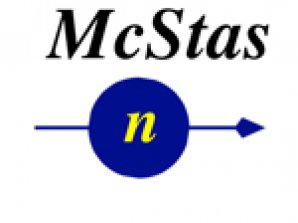Spain: MC Simulations

Achieving a good signal-to-background ratio in neutron scattering experiments is a crucial factor in instrument and sample environment design. However, in current Monte Carlo simulation software, not all neutron interactions are considered. If all the neutron interactions that contribute to the background can be included, the expected signal-to-background ratios can be simulated and used to design better instruments.
All neutron interactions contribute to the background, both inside and around the sample. Cryomagnets and pressure cells, for example, produce undesired scattering. Modelling them completely also means taking into account the inelastic scattering contribution and the material microstructure too.
Dr Victor Laliena from ICMA has developed a code for calculating the interactions which depend on the microstructure of materials: coherent elastic scattering, incoherent inelastic scattering and diffuse reflection. Three usual types of microstructures can be simulated: uniformly random polycrystals (powder), mosaic single crystals, and two-dimensional disordered structures. The coding has now been implemented in the widely used McStas simulation software. Being compatible with the Union package, multiple scattering simulations can even be performed on complex geometries.
This development will be very useful for future instrument designs, for example on the Beamline for materials European Engineering Research (BEER) due to be built at the European Spallation Source (ESS). Simulations are of great interest for the BEER team who need to evaluate the background in a quasi-realistic simulation even though the beamline has not been built yet.
Acknowledgements: Eddy Lelièvre-Berna, ILL and Javier Campo, ICMA
Back to The Road to the ESS
Other articles: ICMA, Sample Environment




